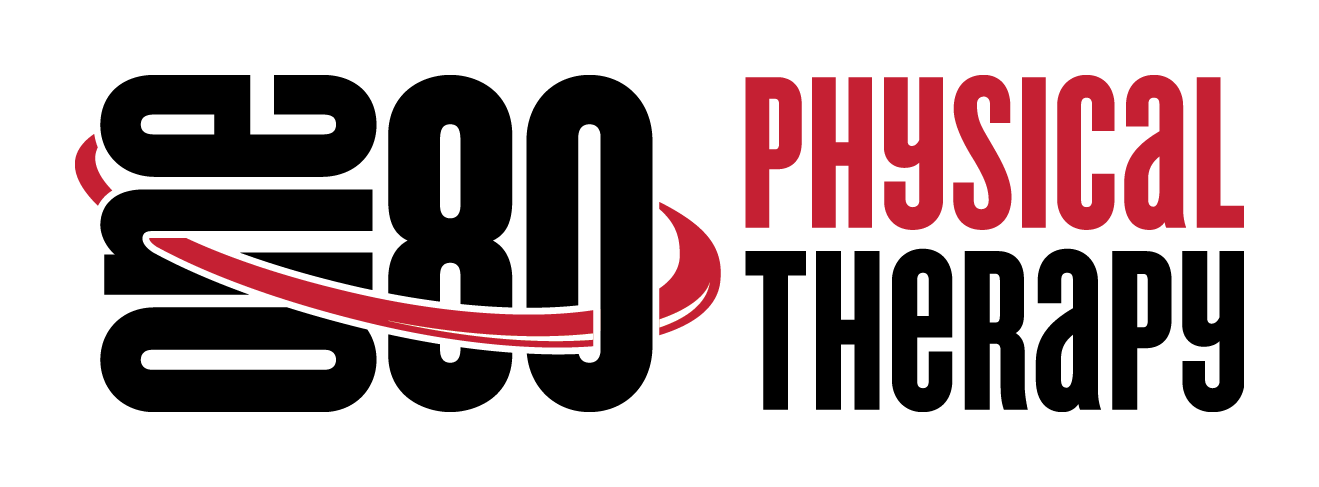5 Common Physical Therapy Myths
In recent years, physical therapy has become increasingly popular. People who have never been to a physical therapist before may have preconceived perceptions of what PT is and how it helps. Here some of the most common myths about physical therapy:
- I need a prescription or referral to see a physical therapist – In all 50 states, you can be evaluated and treated by a physical therapist without a prescription or referral. There is an exception, Medicare patients will need a referral from a physician in order for Medicare to pay for treatment.
- Physical therapists aren’t doctors – Dr. Polka was in one of the first classes to graduate with the Doctor of Physical Therapy degree in 2000. Since then, physical therapy programs across the country have made the transition from masters programs the doctoral program. Many PT clinics still employ therapists with masters degrees. Because One80 Physical Therapy® has focused on staying on the cutting edge by hiring new graduates, Dr. Frey and Dr. Patel both have doctoral degrees ensuring you will always see a doctor at One80.
- Physical therapy is only for injuries –At One80 we are injury prevention experts and see a significant portion of our patients for the purpose of avoiding injury and performance enhancement. Because we are able to optimize nerve-muscle communication, we can increase speed, strength, range of motion and stability in order to protect joints and increase performance levels.
- My personal trainer does physical therapy – Unfortunately, conventional physical therapists have let many gadgets and gimmicks deteriorate our profession. Things like E-stimulation, tape, needles, cupping, foam rollers, and decompression devices not only don’t do anything to reverse injury, they also require no education or license to perform. Sadly, many patients are receiving these and other sham treatments both at PT and at the gym. On the other hand, The One80 System® is a patent-pending process developed specifically for and taught only to licensed medical professionals. Most importantly, this System is based on science and gets real results.
- Surgery and medication are more effective than physical therapy – Many studies have shown that, for certain diagnosis, physical therapy gets better results than surgery, rest, and medication. While surgery and/or medication may be the right option in some cases, physical therapy is often much more effective and safer first option.
- #6 Bonus! – Physical therapy is the same in all clinics – Fortunately, One80 patients know the difference in thought process, treatment style, techniques, exercise prescription and results between the conventional physical therapy model and The One80 System®.
Add to the above list that One80 is the opposite of conventional PT (hence the One80 name), there can be even more confusion. The doctors at One80 rely on medical expertise, critical thinking, root cause analysis, manual techniques, and functional exercise prescription to get patients back to their active lives as fast as possible. If you haven’t experienced the One80 difference and would like to see for yourself how we can help you get back in the game of life, call (970) 593-9300 today for a FREE CONSULTATION.
